
What is the CE Marking for Medical Devices?
To sell medical devices in the European Union (EU), products must bear the CE marking. The CE marking indicates that the medical device complies with applicable EU regulations and can be sold in all EU member states. As a legitimate medical device manufacturer, regardless of whether you outsource any part or all of your manufacturing operations, you are responsible for maintaining regulatory compliance and affixing the CE marking to your products. Manufacturers of in vitro diagnostic medical devices (IVDs) must also meet similar requirements to obtain the EU CE marking.
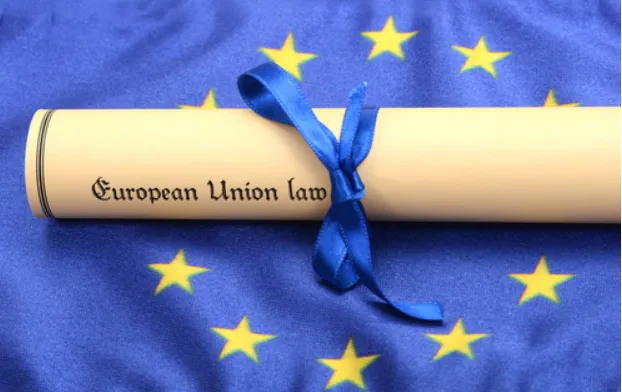
How to Obtain CE Marking for Medical Devices
The CE marking not only represents a quality endorsement but also demonstrates that the product complies with the requirements of the EU Medical Device Regulation (MDR 2017/745), meeting the standards for performance, quality, safety, and efficacy specific to its product type.
Here are the basic steps for EU CE certification of medical devices:
1. Determine whether the product meets the definition of a medical device under MDR.
2. Classify the device.
3. Implement a Quality Management System (QMS), if applicable. Most companies use ISO 13485 to meet the requirements.
4. Prepare a CE technical file or a design dossier.
5. Compile a Clinical Evaluation Report (CER) according to MEDDEV 2.7/1 rev 4 and MDR requirements.
6. If there is no physical presence in Europe, appoint an Authorized Representative (EC REP) to act on behalf of the manufacturer in the EU.
7. Select a Notified Body to audit the QMS and technical file/design dossier, unless the device is Class I non-sterile and non-measuring.
8. Obtain the CE marking and ISO 13485 certificate from the Notified Body.
9. Prepare a Declaration of Conformity (DoC) stating the device meets MDR requirements.
Frequently Asked Questions about the CE Marking
Q1: What is the validity period of a CE certificate?
Under the current system, CE certificates issued by Notified Bodies are generally valid for three years, although it may be only one year for certain high-risk devices. The CE certification status ultimately depends on the maintenance of the quality system certification.
Q2: How does MDR 2017/745 affect devices already bearing the CE marking?
The MDR came into effect in May 2021. CE certificates issued before the full implementation of the MDR remain valid but will not exceed a five-year validity period from the issuance date and will expire by May 27, 2024.
Q3: Who will issue the CE certificate?
If a medical device is classified as Class I (sterile or with a measuring function), IIa, IIb, or III, or if an IVD falls under Annex II List A, Annex II List B, or is for self-testing, the CE certificate will be issued by a Notified Body. Class I non-sterile, non-measuring devices, and general/other IVDs can self-certify and do not need to obtain a CE certificate from a Notified Body.
Q4: Will the name of the Notified Body appear on the product label?
The name of the Notified Body will not appear, but the four-digit NB code of the Notified Body will appear below the CE marking symbol on the product label.
Q5: Will changing a contract manufacturer affect CE certification?
Yes, it will affect CE certification as this constitutes a change in a critical supplier. In such cases, the manufacturer (the “owner” of the CE marking) must select a new contract manufacturer according to the standards specified in their quality system, which should outline how to qualify suppliers and continuously evaluate them.
The manufacturer must notify their Notified Body of this change and apply for an updated CE certificate. The Notified Body may require an on-site audit of the new contract manufacturer to issue an updated CE certificate.
Email:hello@jjrlab.com
Write your message here and send it to us
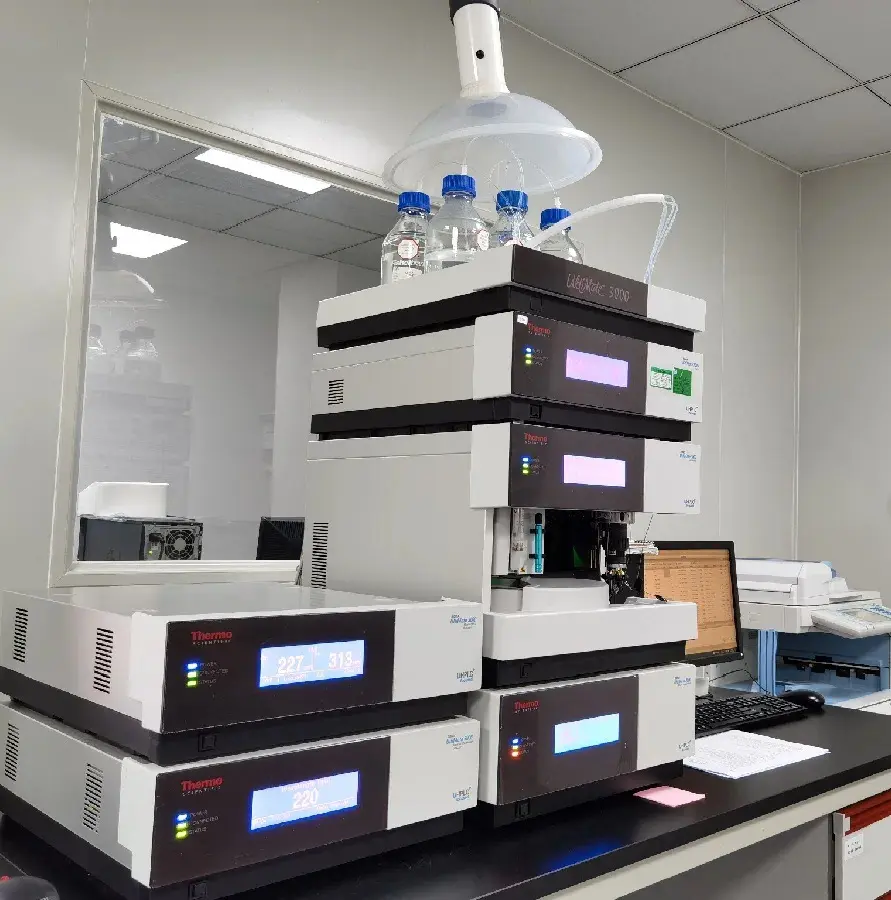 Packaging Validation ISO 11607 Test Report
Packaging Validation ISO 11607 Test Report
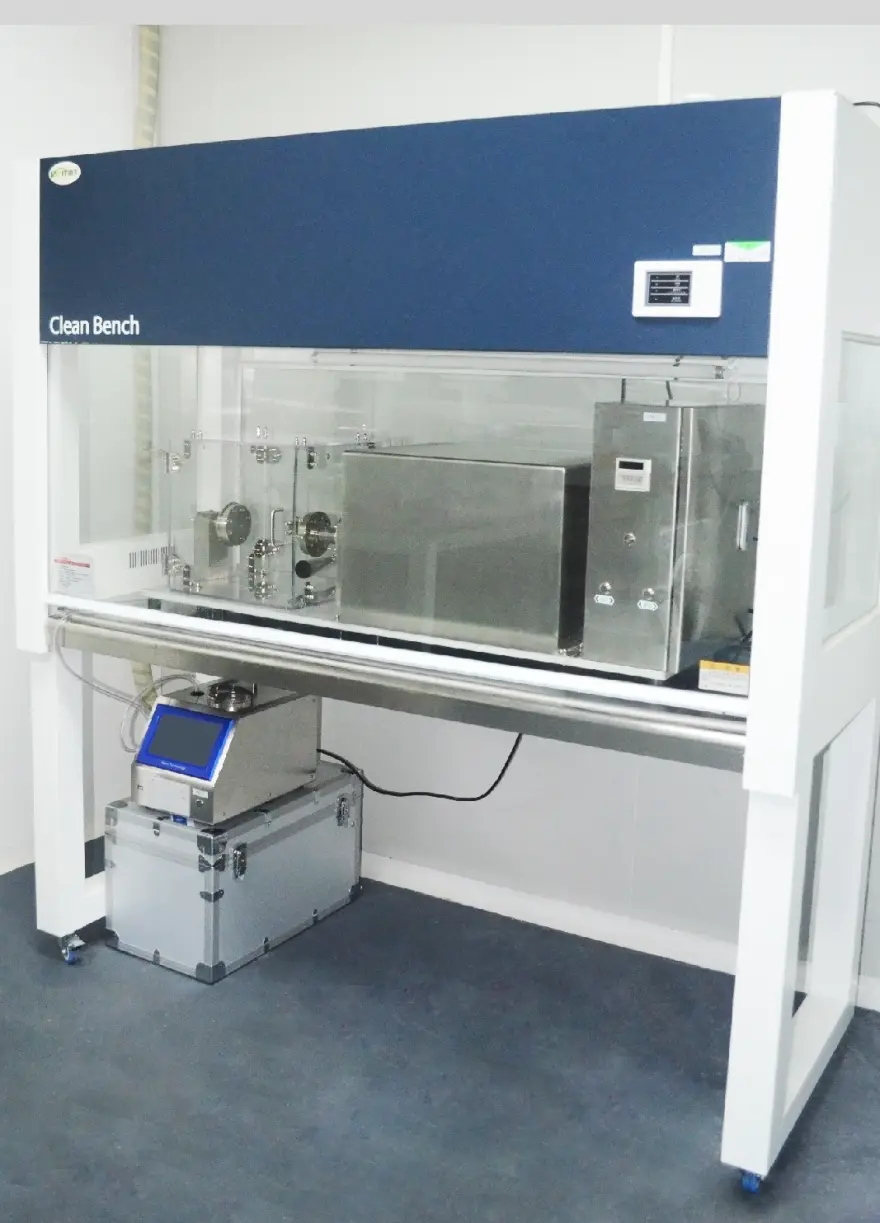 What is the ISO 11607-1 Packaging Validation Test?
What is the ISO 11607-1 Packaging Validation Test?
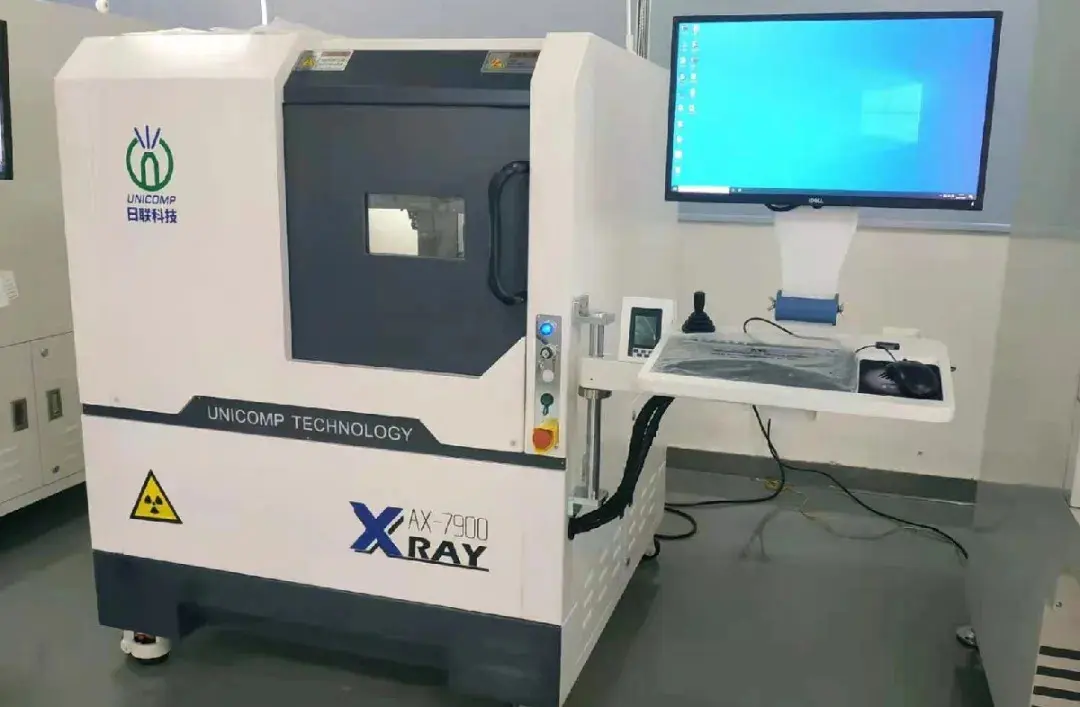 How to get an ISO 11737-1 Test Report?
How to get an ISO 11737-1 Test Report?
 Orthopedic Implant Cleanliness Testing
Orthopedic Implant Cleanliness Testing
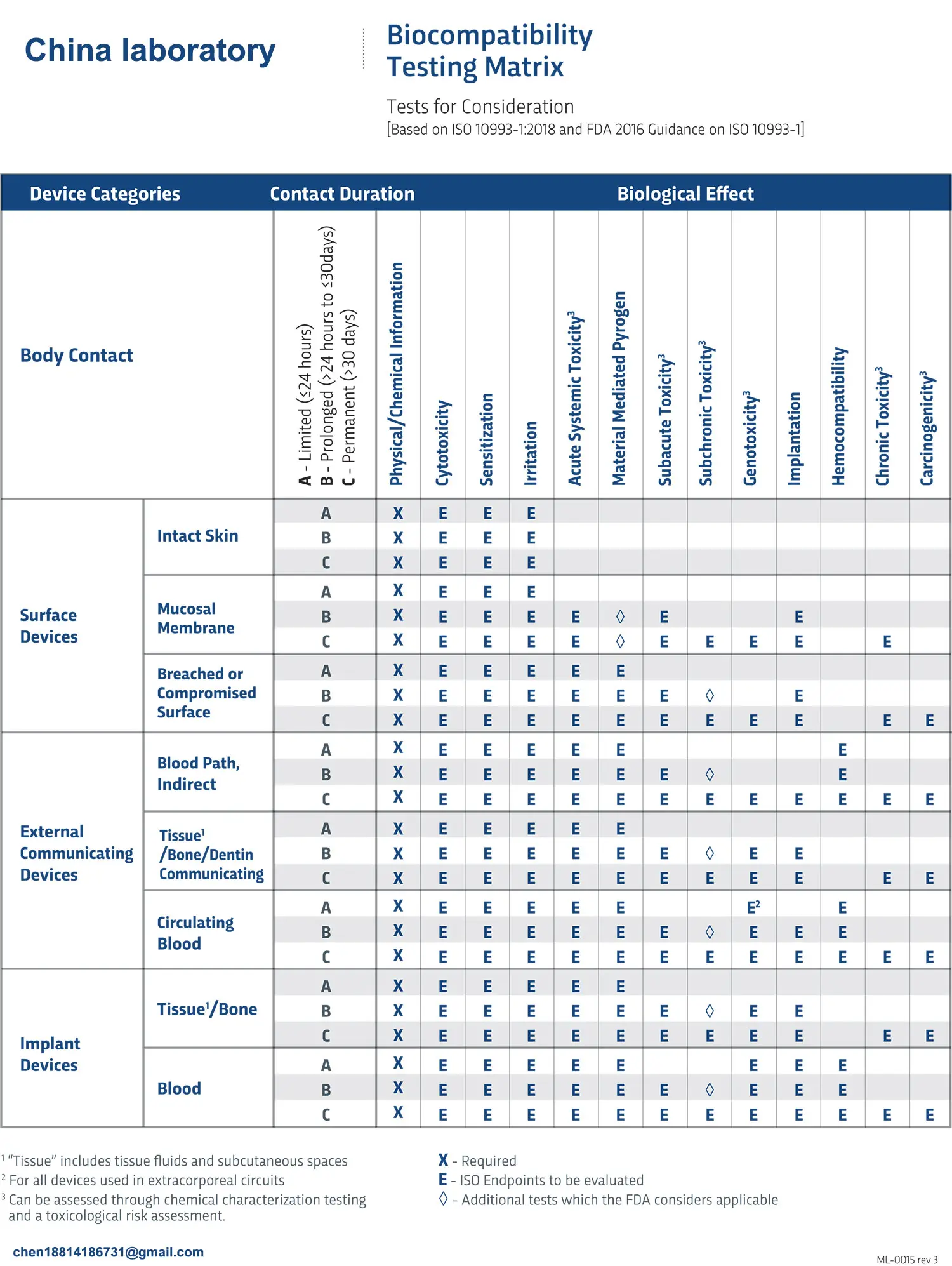 What is ISO 10993-23:2021 Irritation Testing?
What is ISO 10993-23:2021 Irritation Testing?
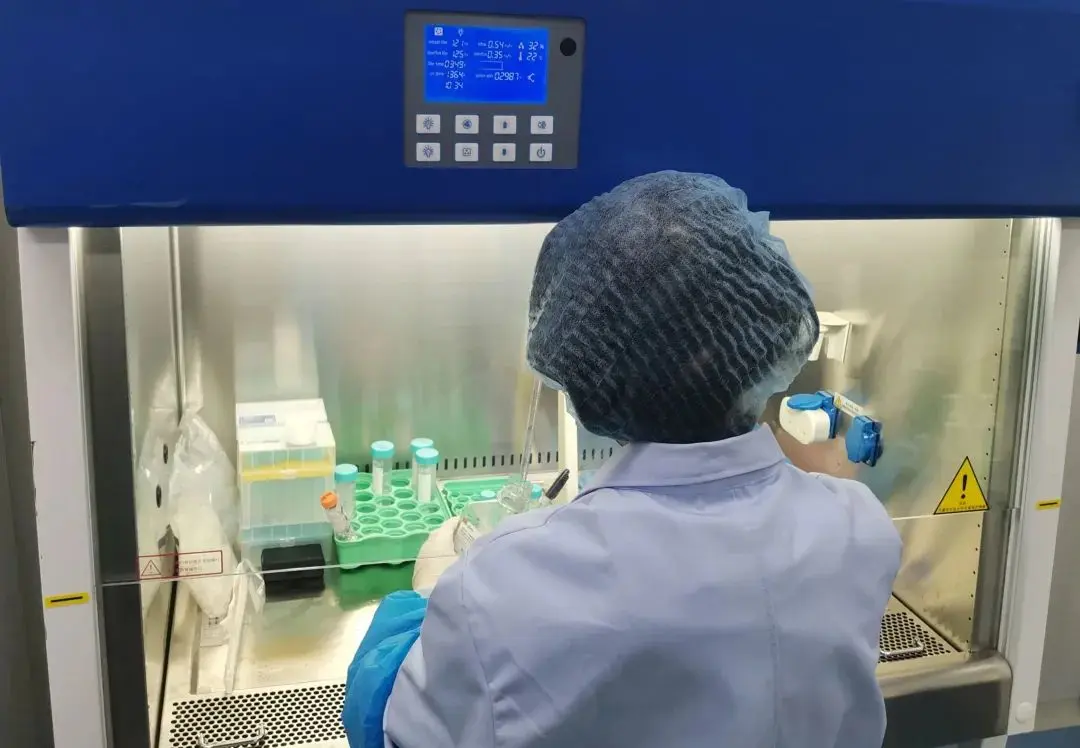 ISO 10993-23 Irritation Testing Laboratory
ISO 10993-23 Irritation Testing Laboratory
 EMI Emissions Testing
EMI Emissions Testing
 EMC Standards for Medical Devices
EMC Standards for Medical Devices
Leave us a message
24-hour online customer service at any time to respond, so that you worry!




